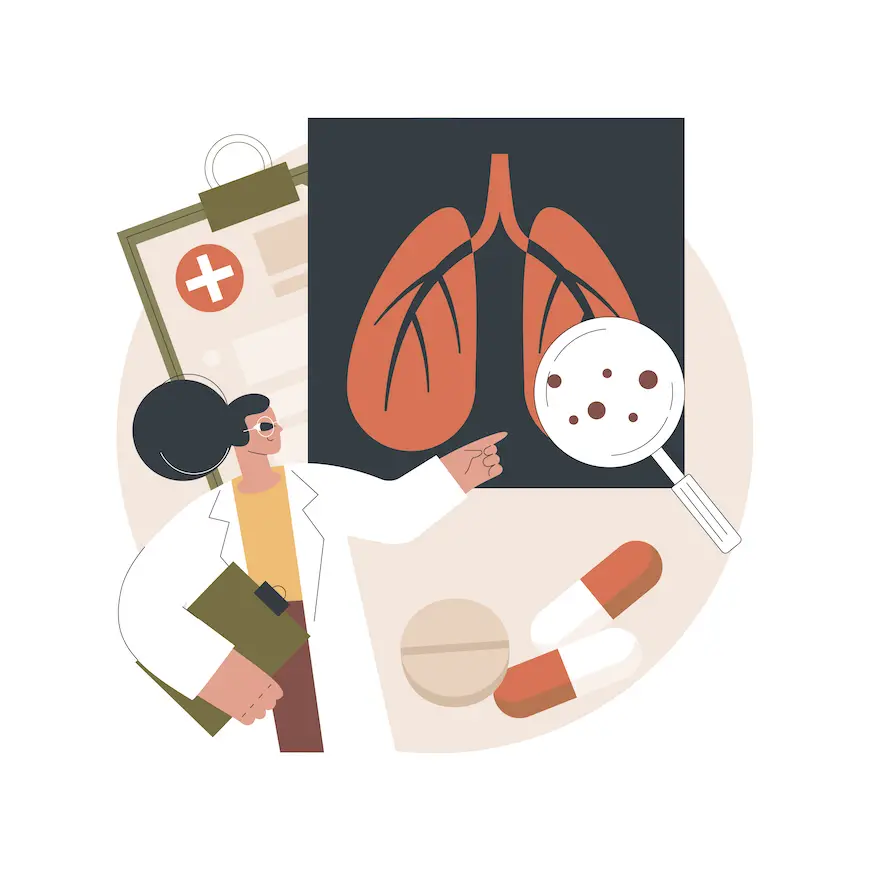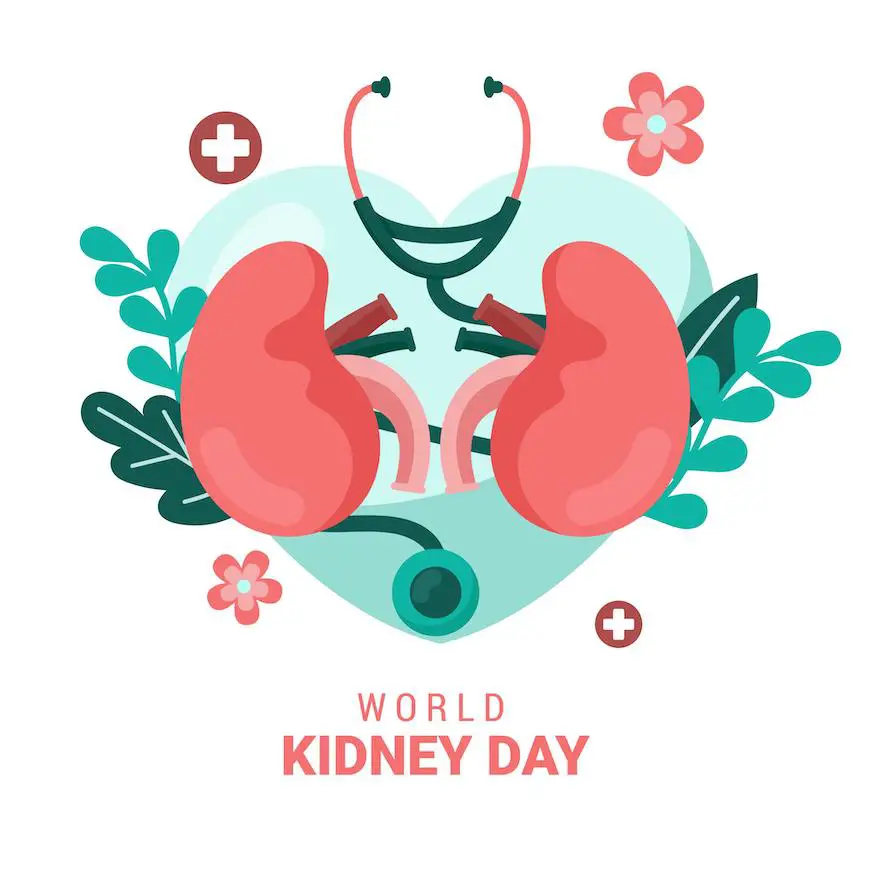The intricate balance of the human body known as homeostasis is largely governed by the endocrine system a network of glands that produce and secrete hormones. At the heart of this system particularly concerning energy and metabolism is the thyroid gland and its critical chemical messengers Thyroxine T4 Triiodothyronine T3 and Thyroid Stimulating Hormone TSH. Understanding the relationship and function of these key thyroid hormones is fundamental to appreciating how the body controls its speed and efficiency. This comprehensive article delves into the physiological roles of T3 and T4 the master control exerted by TSH and the interpretation of their levels in clinical laboratory testing.
Learn more about how the thyroid gland works.
The Production and Function of T4 and T3
The thyroid gland a small butterfly-shaped organ situated in the anterior neck is the sole producer of T4 and T3. The production of these essential hormones requires a critical trace element iodine. Follicular cells within the thyroid actively uptake iodide from the blood and incorporate it into a large protein called thyroglobulin. Through a complex enzymatic process called organification iodine atoms are attached to tyrosine residues eventually coupling to form T4 four iodine atoms and T3 three iodine atoms.
Thyroxine T4 The Prohormone
Thyroxine T4 is the primary secretory product of the thyroid accounting for approximately 80-90 percent of the total hormone released. While essential for transport and reservoir function T4 itself is largely considered a prohormone—it possesses relatively low biological activity. Upon reaching target tissues throughout the body notably the liver kidneys and central nervous system T4 is converted into the active hormone T3 through the removal of an iodine atom a process mediated by a group of enzymes called deiodinases.
Triiodothyronine T3 The Active Catalyst
Triiodothyronine T3 is the molecule that directly interacts with receptors inside the nuclei of nearly every cell in the body. It is the active form of thyroid hormone binding to its nuclear receptors to modulate gene expression thereby controlling cellular activity and metabolism. The thyroid gland directly produces only about 10-20 percent of the circulating T3 the vast majority around 80 percent is derived from the peripheral conversion of T4. This mechanism allows individual tissues to regulate the availability of active T3 based on their immediate metabolic needs.
Global Impact of Thyroid Hormone
The collective actions of T3 and T4 are widespread and profound essentially acting as the bodys accelerator pedal:
- Metabolic Rate The primary function of thyroid hormone is to regulate the Basal Metabolic Rate BMR dictating the rate at which the body consumes energy and oxygen. Increased levels lead to faster metabolism while decreased levels slow it down.
- Cardiovascular System Thyroid hormone has a direct impact on the heart increasing heart rate the force of contraction inotropy and overall cardiac output. This elevates blood flow to meet the enhanced metabolic demands of tissues.
- Thermoregulation By stimulating mitochondrial activity and increasing metabolic rate T3 promotes thermogenesis heat production helping to maintain core body temperature.
- Growth and Development In infancy and childhood thyroid hormone is absolutely critical for normal linear growth skeletal maturation and most importantly the development and maturation of the Central Nervous System CNS. Deficiency in early life can lead to irreversible intellectual impairment.
- Nervous System In adults T3 influences alertness wakefulness memory and cognitive speed. Imbalances can manifest as anxiety irritability in excess or fatigue and mental fog in deficiency.
- Other Systems It supports healthy gastrointestinal motility increases bone turnover remodeling and maintains the integrity of skin and hair.
TSH The Regulatory Master Switch
The elegant control system that maintains thyroid hormone homeostasis is known as the Hypothalamic-Pituitary-Thyroid HPT Axis. The most recognizable component of this axis in clinical testing is Thyroid Stimulating Hormone TSH or thyrotropin.
The Source and Role of TSH
TSH is not produced by the thyroid gland itself rather it is secreted by the anterior pituitary gland a small endocrine organ located at the base of the brain. The release of TSH is in turn regulated by the hypothalamus which secretes Thyrotropin-Releasing Hormone TRH.
The function of TSH is precisely described by its name it stimulates the thyroid gland. When TSH binds to receptors on the thyroid follicular cells it triggers the entire sequence of events that leads to the synthesis and release of T4 and T3.
The Negative Feedback Loop
The relationship between the thyroid hormones T4 and T3 and TSH is a classic example of a negative feedback loop functioning much like a thermostat in a house:
- The pituitary gland continuously monitors the levels of free unbound T4 and T3 circulating in the blood.
- If the level of active thyroid hormone begins to drop the room temperature is low the pituitary gland is signaled to increase the secretion of TSH the thermostat turns up the heat.
- The elevated TSH then stimulates the thyroid to produce and release more T4 and T3.
- Conversely if the level of active thyroid hormone becomes too high the room temperature is too high T4 and T3 exert a powerful inhibitory effect on the pituitary causing it to decrease the release of TSH the thermostat turns down the heat.
Because of this extremely sensitive log-linear feedback system—where a small change in T4T3 results in a magnified change in TSH—the TSH test is generally the most sensitive and reliable first-line screen for most cases of thyroid dysfunction.
Laboratory Testing and Interpretation
Evaluating the function of the thyroid involves measuring the circulating levels of these three key hormones usually in their free or unbound state FT4 and FT3 as this fraction represents the biologically active hormone available to the tissues.
Normal Reference Ranges Approximate
It is crucial to note that normal ranges can vary between different laboratories and results must always be interpreted using the specific reference range provided on the laboratory report. Typical ranges for adults are:
| Hormone | Typical Normal Range (Adult) | Role in Diagnosis |
| TSH | 0.45 – 4.5 mIU/L | Primary screening test; reflects pituitary’s view of thyroid status. |
| Free T4 (FT4) | 0.8 – 1.8$ ng/dL | Measures unbound, bioavailable T4. |
| Free T3 (FT3) | 2.3 – 4.2 pg/mL | Measures unbound, most active thyroid hormone. |
Interpreting Imbalances in Thyroid Hormone Levels
Abnormalities in the TSHFT4 relationship allow clinicians to diagnose and differentiate between the two major types of primary thyroid dysfunction:
- Hypothyroidism (Underactive Thyroid): This is the most common disorder. The thyroid gland is failing to produce adequate T4 and T3. Because the pituitary senses the low thyroid hormone levels the TSH becomes markedly elevated in an attempt to push the failing gland to work harder. The pattern is typically High TSH Low FT4. Symptoms include fatigue weight gain cold intolerance and depression.
- Hyperthyroidism (Overactive Thyroid): The thyroid gland is autonomously producing excessive amounts of T4 and T3. The pituitary senses the high thyroid hormone levels and dramatically suppresses TSH secretion in an attempt to slow the thyroid down. The pattern is typically Low TSH High FT4 andor FT3. Symptoms include anxiety weight loss heat intolerance tremors and a rapid heart rate.
In some cases called Subclinical Dysfunction TSH is slightly out of range but FT4 remains normal. This indicates a mild imbalance that may or may not require treatment highlighting the importance of clinical assessment in conjunction with lab values.
The interplay between T3 T4 and TSH represents one of the most finely tuned homeostatic mechanisms in the body. The efficient production of thyroid hormone is essential for maintaining life-sustaining functions—from the rhythm of the heart to the speed of thought. Any deviation from the normal set point of thyroid hormone can lead to significant systemic distress. Regular screening of TSH is the cornerstone of diagnosis allowing clinicians to identify and correct imbalances thereby restoring the proper function of this vital endocrine axis and ensuring the bodys internal thermostat is set for optimal health.
J. Miles is a board-certified general medicine physician with over a decade of experience in delivering comprehensive care to individuals of all ages. With a focus on preventive medicine, holistic wellness, and chronic disease management.







